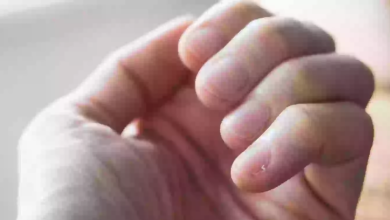Hand clippers were a vital tool in daily life in the past, reminding us of how essential manual devices were for barbers
Vintage hand clippers, or manual hair trimmers, are a nostalgic reminder of an era when hand tools were central to daily life.
Before the advent of electric clippers, these manual devices were indispensable for both barbers and individuals seeking a well-maintained haircut.
Early beginnings
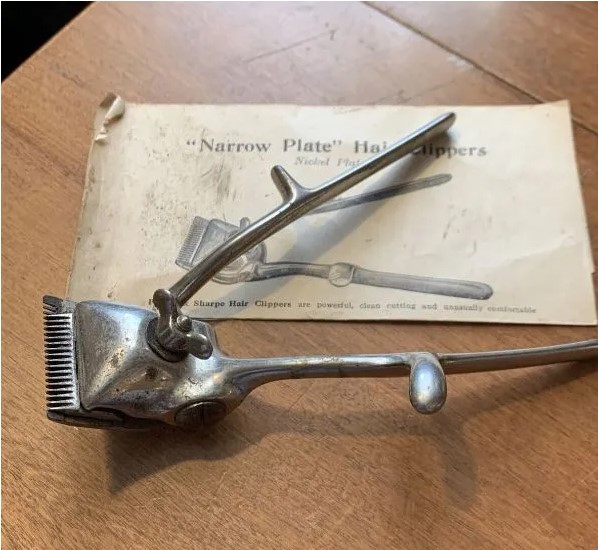
The old-fashioned barber clippers emerged in the late 19th century, a time when manual tools were the norm for personal grooming.
Essential for barbers and home users alike, these clippers were the go-to choice for achieving a clean and tidy haircut before the rise of electric alternatives.
Design and mechanism
Vintage items were crafted from high-quality steel, ensuring both durability and effectiveness.
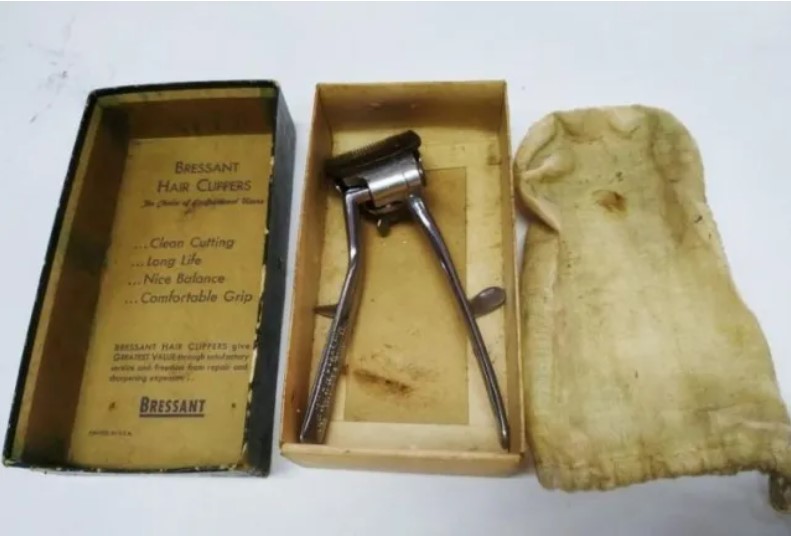
Their design featured two rows of sharp, comb-like teeth that worked in tandem when the handles were squeezed together.
This scissor-like mechanism allowed for precise and even cuts. Ergonomically designed, these clippers offered a comfortable grip, making them suitable for extended use without causing hand fatigue.
Usage and popularity
During the late 19th and early 20th centuries, hand clippers were the primary tool for hair cutting.
Barbers relied on them for consistent and stylish haircuts, while many households kept a pair for personal grooming.
Their simplicity and ease of maintenance made them accessible to a broad audience, and users appreciated the control and precision they provided for various hair lengths and styles.
Decline and legacy
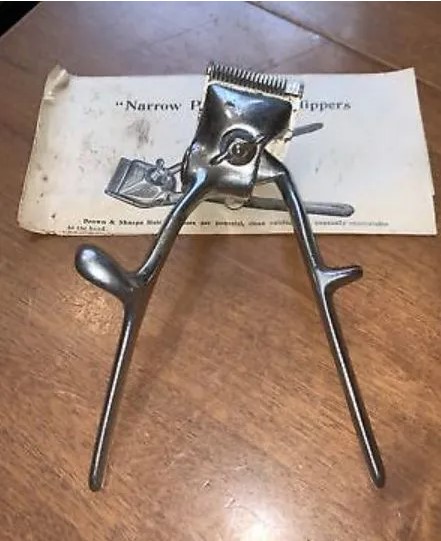
The popularity of hand clippers began to decline with the introduction of electric hair clippers in the 1920s.
Electric models offered quicker and more effortless haircuts, aligning with the faster pace of modern life.
Despite this shift, hand clippers did not disappear entirely. They remained a staple in barbershops and homes, especially in regions where electricity was unreliable.
Today, vintage hand clippers are valued for their craftsmanship and historical significance.
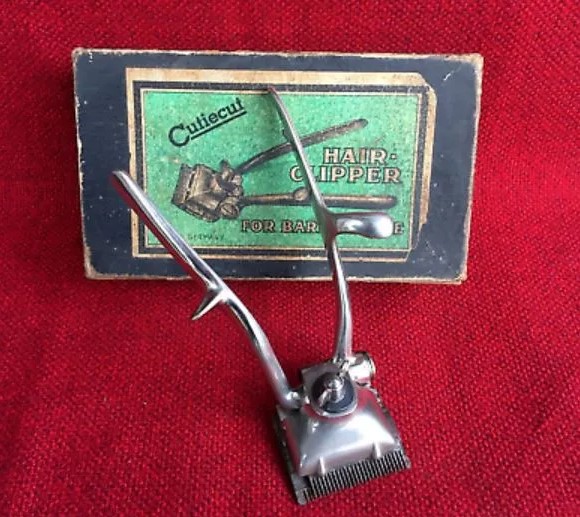
Collectors and enthusiasts admire these tools for their quality and the skill required to use them effectively.
Many barbers still appreciate manual clippers for their precision and control, which are sometimes preferred over electric alternatives.
Modern resurgence
Recently, there has been a revival of interest in vintage items.
The growing trend towards traditional barbering and a renewed appreciation for artisanal tools have brought these classic implements back into the limelight.
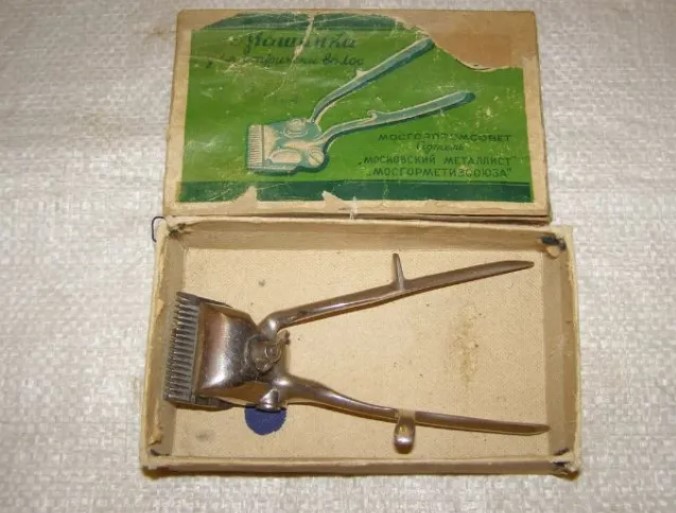
Modern barbers often incorporate hand clippers into their practice, celebrating the artistry and heritage they represent.
The vintage hand clipper stands as a testament to the ingenuity and craftsmanship of a bygone era.
While electric clippers dominate the market today, the enduring legacy of hand clippers is celebrated by collectors, barbers, and grooming enthusiasts around the world.
These tools not only paved the way for modern grooming techniques but continue to hold a special place in the history of personal care.
Source: wikiany





